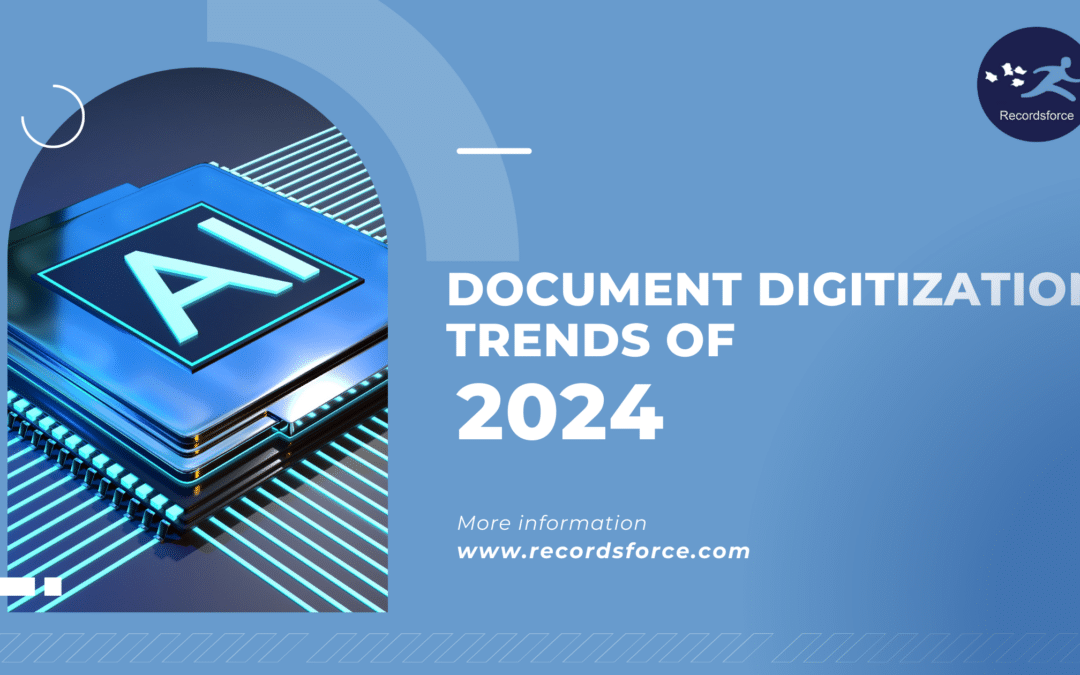Document scanning technology has evolved significantly over the years, and as we step into 2024, it’s fascinating to explore the trends shaping this field. From increased accessibility to advanced features, let’s delve into the anticipated document scanning trends for next year.
1. Enhanced AI-Powered OCR
Optical Character Recognition (OCR) continues to be a game-changer in document scanning. In 2024, expect OCR technology to become even more accurate and efficient. Advanced AI algorithms are anticipated to offer better recognition of various languages, fonts, and even handwritings, making the digitization of diverse documents more seamless.
2. Advanced AI and Machine Learning for Extraction
Expect a surge in the use of AI and machine learning algorithms for data extraction. These technologies will become more sophisticated, enabling systems to accurately extract structured and unstructured data from diverse sources like images, documents, videos, and audio recordings. This will significantly enhance automation and reduce manual data entry.
3. Cloud Integration for Seamless Collaboration
Cloud integration will continue to be a pivotal trend in document scanning. The ability to scan documents directly to cloud storage platforms. This trend is expected to grow further, enabling real-time document sharing and editing among multiple users.
4. Security and Privacy Measures
With the rise in digital document sharing, emphasis on security and privacy will be paramount. Document scanning technologies will likely incorporate enhanced encryption methods, biometric authentication, and secure transmission protocols to safeguard sensitive information.
5. Sustainability and Green Scanning
As environmental concerns take center stage, there’s a growing emphasis on sustainable practices, even in document scanning. Expect manufacturers to introduce eco-friendly scanning solutions that consume less energy, use recycled materials, and promote paperless workflows to reduce the environmental impact.
6. Integration of 3D Scanning
While primarily used in specialized industries like architecture and manufacturing, 3D scanning might see increased integration into mainstream document scanning. This technology allows for the creation of detailed 3D models from scanned objects, providing a new dimension to digital documentation.
Conclusion
In 2024, document scanning technology is expected to reach new heights, driven by advancements in AI, mobile technology, security measures, and sustainability efforts. These trends promise to revolutionize the way we handle, digitize, and interact with documents, enhancing productivity and collaboration while prioritizing security and environmental responsibility.
Stay tuned for these exciting developments as document scanning continues to evolve and transform our digital landscape.

